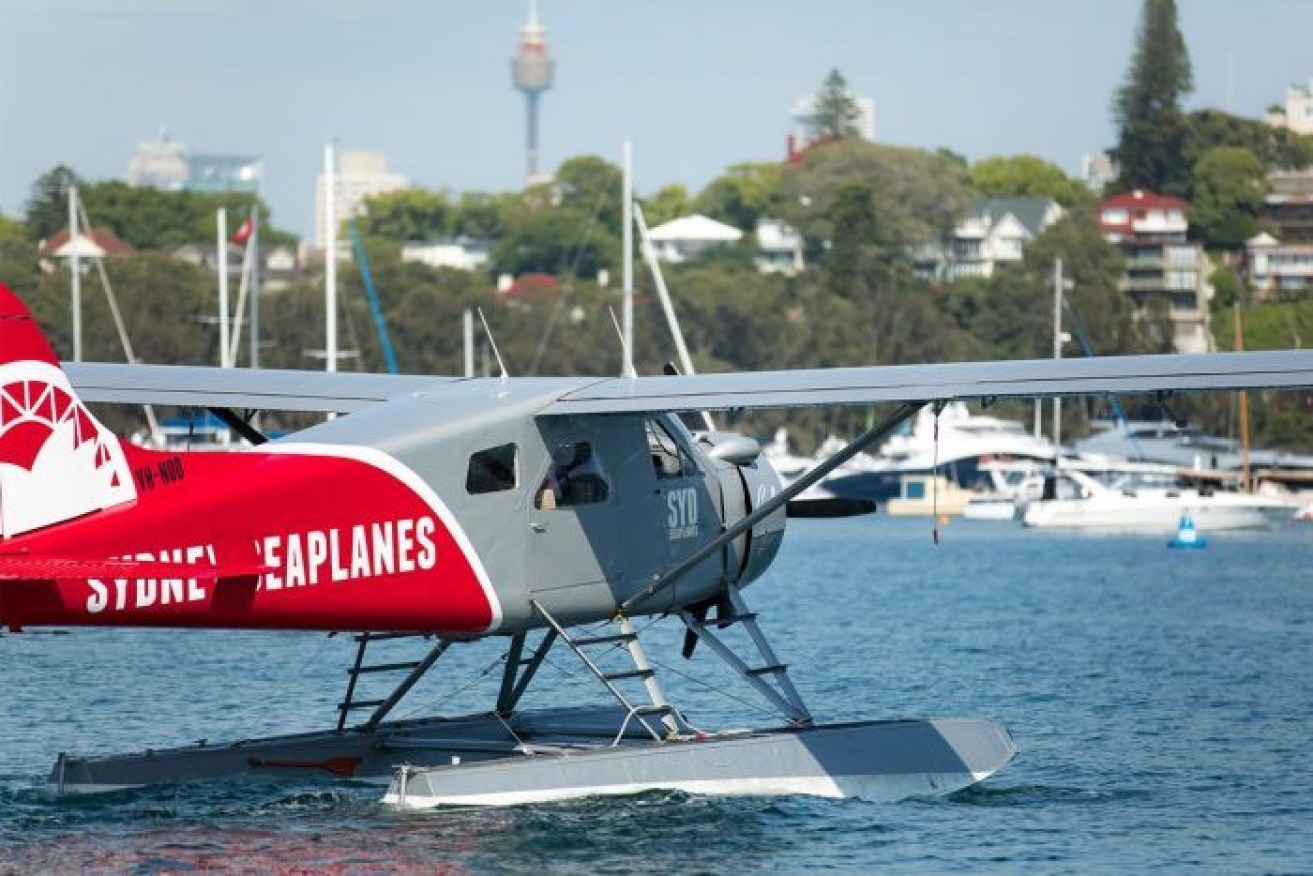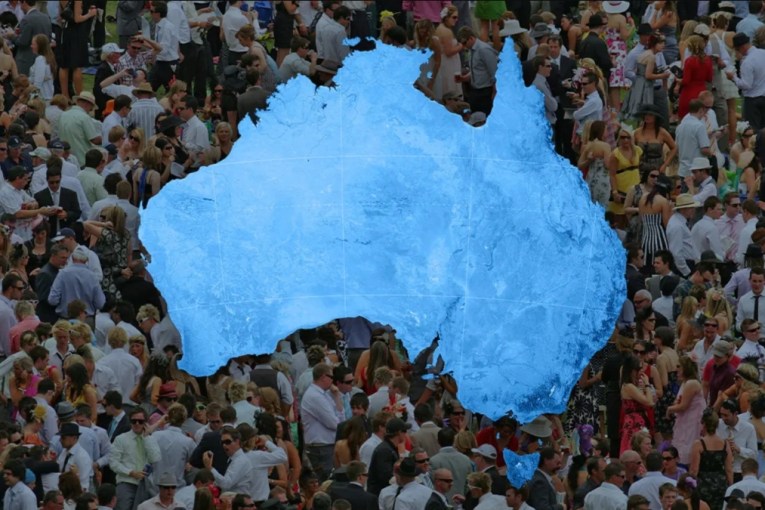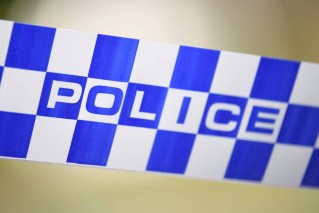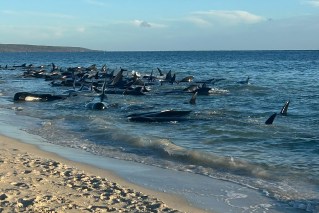Hawkesbury River seaplane crash: No evidence of faults says ATSB

A de Havilland Canada DHC-2 Beaver seaplane operated by Sydney Seaplanes. Photo: ABC/supplied
There is no evidence to suggest there are any systemic problems with the model of seaplane that crashed into the Hawkesbury River on New Year’s Eve killing six people, the Transport Safety Bureau says.
The 55-year-old de Haviland DHC-2 Beaver, which was making a right turn immediately before the crash north of Sydney, had only recently had its engine rebuilt.
Richard Cousins, his two sons, Edward, 23, and William, 25, his fiancee Emma Bowden and her 11-year-old daughter Heather Bowden-Page, all from Britain, were killed when the plane went down.

Richard Cousins ran one of the world’s largest catering companies.
The Australian Transport Safety Bureau (ATSB) hopes to recover the wreckage by the end of the week, possibly by using inflatable air bags and cranes with the aim of keeping the plane as intact as possible.
As part of its investigations into the ditching of the plane, it will examine information from mobile phones and cameras that may have been on board, as well as any vision witnesses are able to provide.
If any faults with the plane become apparent, the ATSB will notify operators immediately but there is no evidence there are any broader problems.
The bureau has declined to say the crash resulted from a nosedive and are still piecing together information about what happened moments before impact.
The same model plane was involved in a crash in Canada in August 2015 after it stalled following a steep turn during a sightseeing trip, killing a family of four from the UK.
That incident prompted Canadian authorities to install warning devices.
In a report by the Canadian Transport Safety Bureau, it was found that buffeting in the DHC-2 “does not provide pilots with adequate warning of an impending stall”.
It was also highlighted that in Canada 13 incidents (including the 2015 accident) have resulted from DHC-2 aerodynamic stalling since 1998.

Rescuers attempt to help soon after the plane went down. Photo: ABC/supplied
“Because stalls at low altitude lead to catastrophic consequences, this type of accident carries a high level of risk,” the report said.
The ATSB’s executive director Nat Nagy could not confirm if Australian seaplanes are fitted with these warning systems but said previous accidents involving the same aircraft model would be looked at.
“It’s important not to draw any conclusions that this is a systemic issue,” he said.
Mr Nagy said no reliability issues have previously been identified with the model and it was not unusual to have an aircraft of that age in operation.
What we know about the plane
The plane, a single-engined de Havilland DHC-2 Beaver with the registration VH-NOO, was built in Canada in 1964 and bought by Sydney Seaplanes in 2006.
The PRATT & WHITNEY engine was recently rebuilt and had only clocked up 200 hours of flight time.
Sydney Seaplanes managing director Aaron Shaw has said the company’s planes were checked at the end of every day and were taken out of the water for regular maintenance after every 100 hours of flight time.
He added the engines were replaced after every 1,100 hours. Regulations requires engines to be replaced every 1,200 hours.
The plane remains 13 metres below the surface of the Hawkesbury River at Cowan, as investigators begin work to retrieve it.
-With ABC








